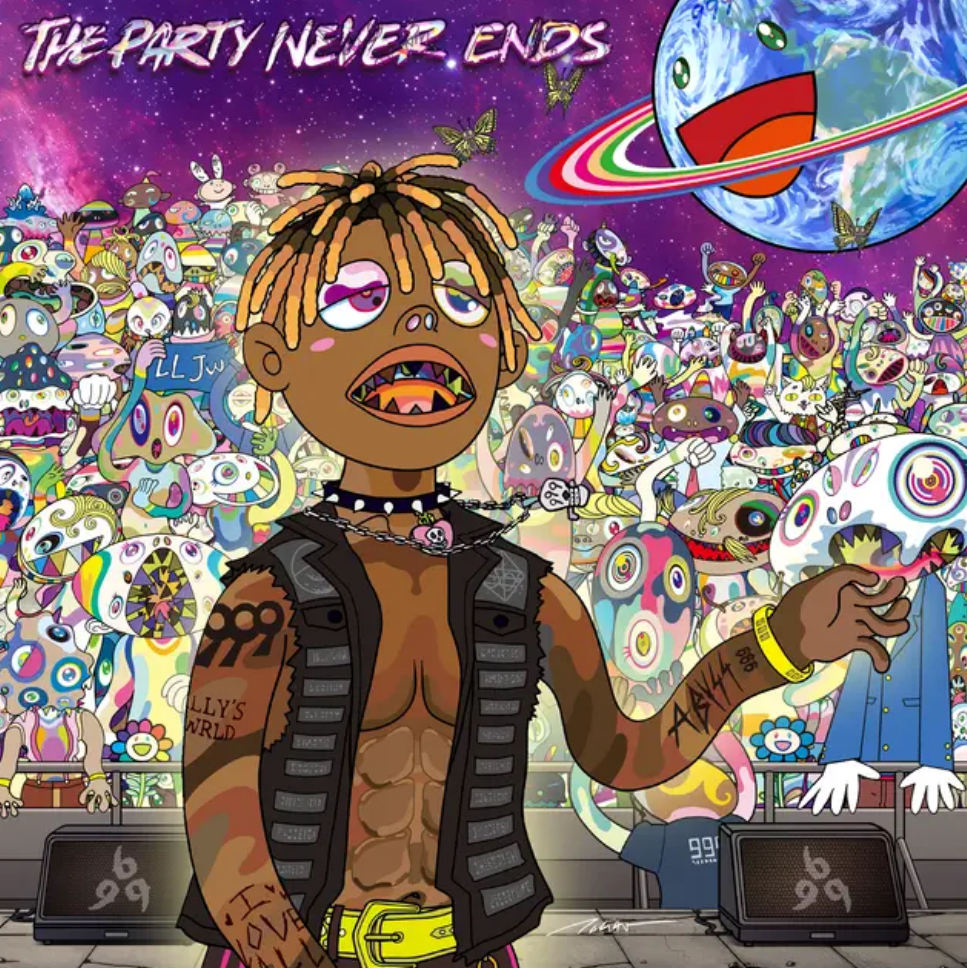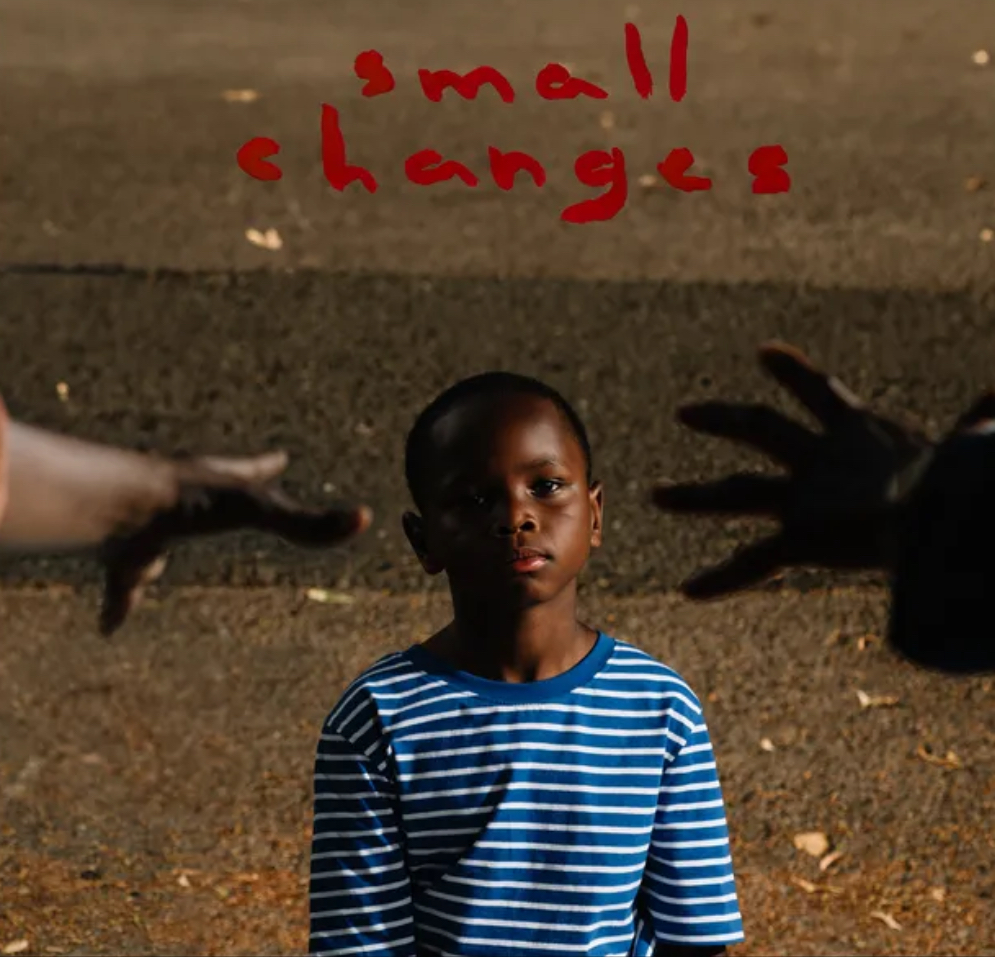March begins what is truly the doldrums of film season. It is three months until the summer blockbusters re-crowd theaters, and with the end of the awards season culminating in a rather uneventful Academy Awards, most Oscar-worthy films won’t have previews for a few months.
Hollywood continues its trend of releasing great films during a short period of the year and filling the rest of the year with mindless entertainment and the occasional good film. Remakes and movies based on books are becoming all too popular, and turning films into 3D may be this generation’s attempt at turning black and white films into color films.
The nosedive into a tedious annual period of silver screen suck does not signal the end for spending an evening watching a film, but perhaps it does indicate a need to frequent the Cobb Theater less (at least until the final installment of the Batman trilogy graces the screen in July) and consider other film options.
It is easy to fall into a pattern when watching film and not take risks by trying new styles, genres or categories. We all fall prey to this mindset that, whether it is film, literature, music or other fine arts, there is some comfort in maintaining the status quo and not diversifying our cultural palettes. This is by no means a criticism or new revelation, but because no film worth reviewing is premiering this week, it gives me an opportunity to talk about a category few people are willing to try – documentary.
With a few exceptions, documentaries are never commercial successes. They are often screened in independent theaters or film festivals, and many go straight to DVD. It is an unfamiliar territory for most moviegoers. Aside from sound editing or sound mixing, there is not a category at the Academy Awards that is more overlooked.
The films that are nominated are almost always good, but they did not screen across America. Perhaps it is the inundation in middle school history classes of monotonous documentaries with titles like “The History Channel Presents” that has clouded our ability to see the merits of documentary.
There is a perception that, because part of the intention of documentaries is to educate, they are boring. This is not true. The firefights in “Restrepo,” a film about combat in Afghanistan, are not shot on a Hollywood lot but in Afghanistan. This is the beauty of documentary. Stories are not created – they are merely filmed.
The importance of documentary in film cannot be understated. Literature and fictional movies can tell great stories, but in many respects, documentary is in a league of its own. No other fine art allows you to know the characters and stories the way documentary does.
Characters in the stories told by documentaries are not fictional representations of individuals, and writers do not create their stories. As mainstream film appears to become increasingly more repetitive and obnoxious, documentary holds fast. The stories that can be told are not disappearing, but are being created every day. Documentary film does not just offer the opportunity to learn something new; it offers commentary on our culture and our values.








